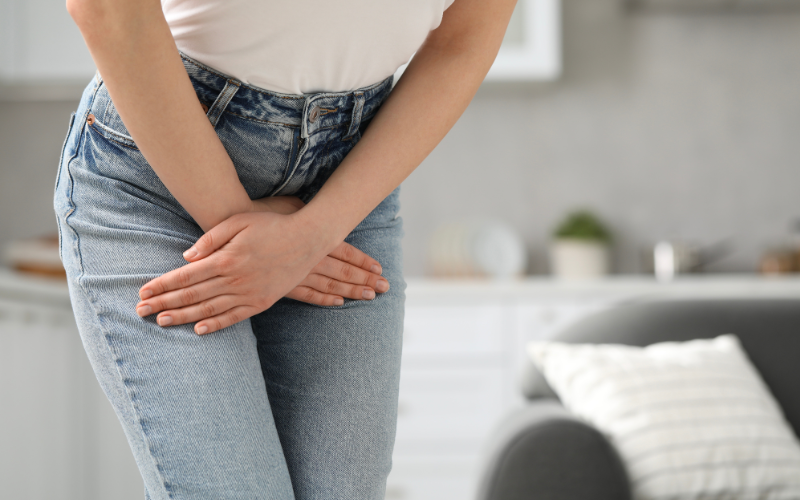Urinary incontinence—the involuntary leakage of urine—is more common than many people realize, affecting both men and women of all ages. It can be caused by a variety of factors including weakened pelvic floor muscles, nerve damage, certain medications, or underlying health conditions. Fortunately, a wide range of treatment options is available, from simple lifestyle changes to advanced surgical procedures. Here’s a look at the most effective approaches:
Lifestyle Modifications
For many, small changes in daily habits can significantly reduce symptoms:
- Fluid and Diet Management: Avoid bladder irritants like caffeine, alcohol, and spicy foods. Limiting fluid intake before bedtime can also help.
- Scheduled Voiding: Creating a routine bathroom schedule—such as every 2-4 hours—can reduce urgency and accidents.
- Weight Loss: Shedding excess pounds may relieve pressure on the bladder.
Pelvic Floor Exercises (Kegels)
Strengthening the pelvic floor muscles through Kegel exercises is often the first-line treatment, especially for stress incontinence. Regular practice improves bladder control and reduces leaks.
Bladder Training
Bladder training involves gradually increasing the interval between bathroom visits. Over time, this can improve bladder capacity and control.
Medications
Certain medications may help depending on the type of incontinence:
- Anticholinergics: Used to calm an overactive bladder.
- β3 agonist Helps relax the bladder muscle.
- Topical Estrogen: For postmenopausal women, this can strengthen tissues in the urethra and vaginal area.
Always consult a doctor before starting any medication.
Medical Devices
Some non-surgical devices can offer relief, especially for women:
- Pessary: A device inserted into the vagina to support the bladder.
- Urethral inserts: Small devices placed before activities which can trigger leakage.
Minimally Invasive Procedures
If conservative methods don’t work, outpatient procedures may be considered:
- Botulinum toxin injection: Used to calm an overactive bladder.
- Nerve Stimulation: Electrical stimulation of pelvic nerves can help improve bladder control.
Surgical Options
For severe or persistent incontinence, surgical interventions might be recommended:
- Sling Procedures: Common for stress incontinence, a sling is placed under the urethra for support.
- Bladder Neck Suspension: Provides additional support to the urethra and bladder neck.
- Artificial Urinary Sphincter: Often used in men, especially after prostate surgery.
Key Highlights: Urinary incontinence is manageable, and effective treatments are available to suit different needs and lifestyles. Early diagnosis and intervention are key. If you or a loved one is experiencing symptoms, consult a healthcare provider to determine the best course of action.
Reference: Lancaster, Jessica DO; Gross, Yvette DO. In adult women with stress urinary incontinence, do pelvic floor muscle exercises improve incontinence severity and therefore quality of life?. Evidence-Based Practice 27(2):p 22-23, February 2024.
Referral Links:
https://www.mayoclinic.org/diseases-conditions/urinary-incontinence/diagnosis-treatment/drc-20352814
https://www.niddk.nih.gov/health-information/urologic-diseases/bladder-control-problems/treatment
https://en.wikipedia.org/wiki/Urethral_bulking_injections


